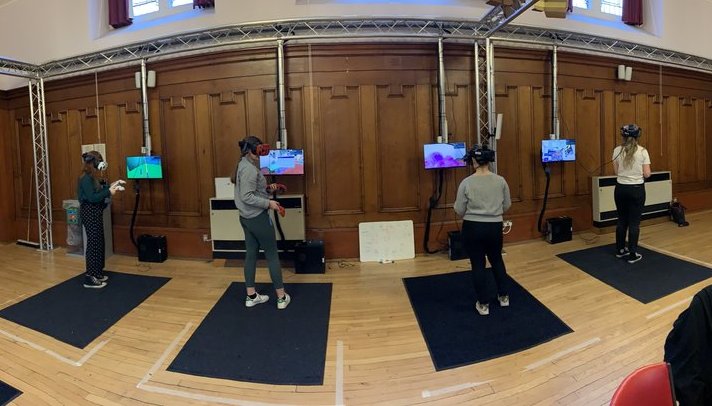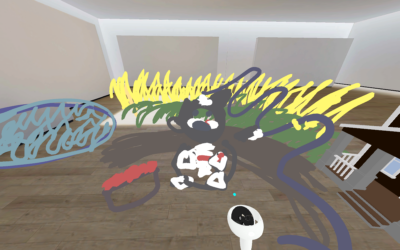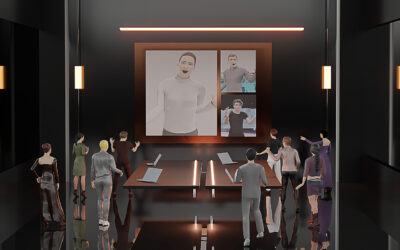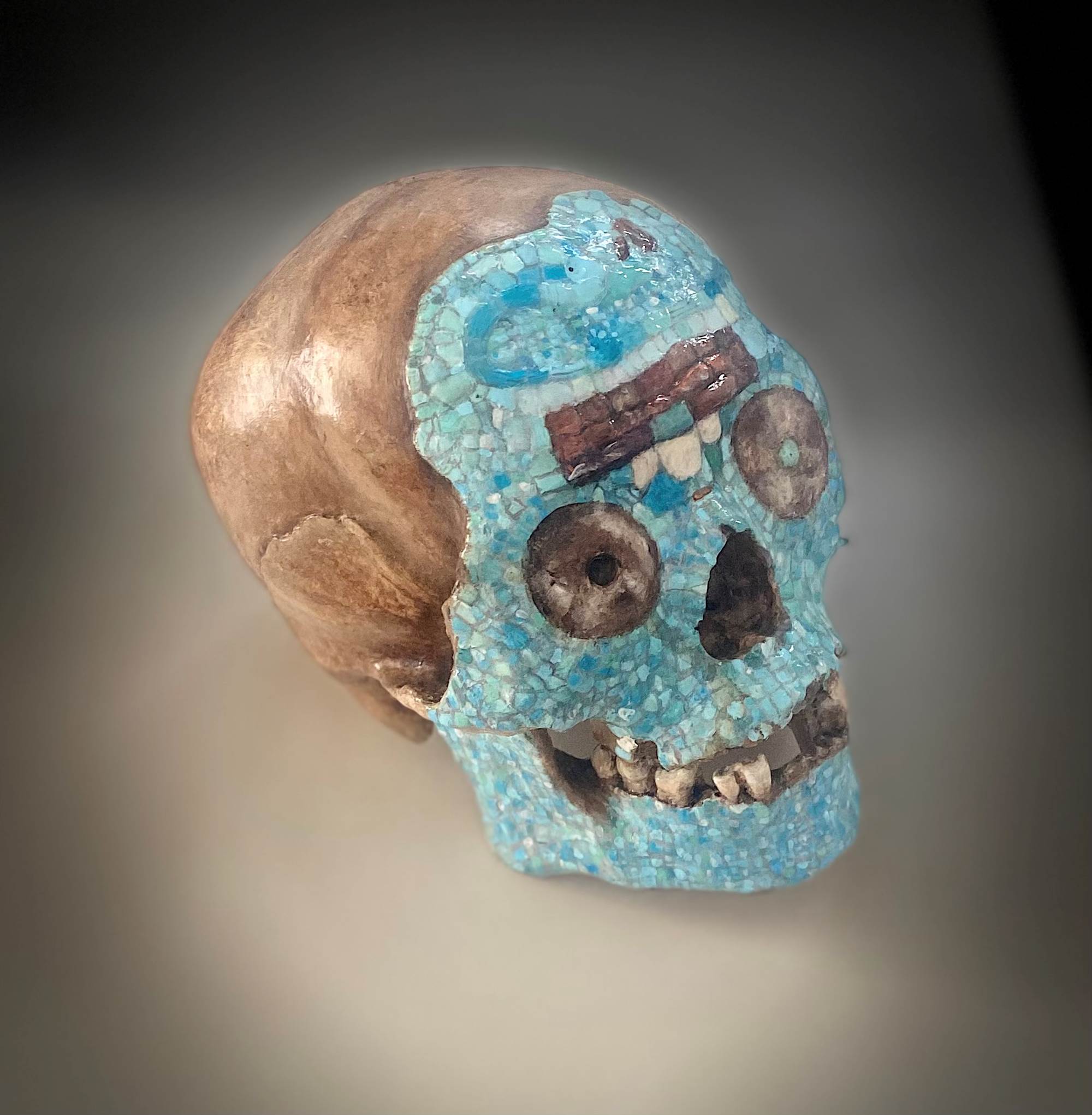Here is a familiar problem for those of us working in the immersive technology space: without a killer app for VR, how will we ever get to the level of VR hardware saturation that we need to justify the effort of building the killer app for VR?
Through Project Mobius, we aim to tackle the higher education version of this problem by brute force. We decided to build ten different teacher-led apps to build a critical mass of content, and design a flexible infrastructure solution to make it as easy as possible for institutions to adopt centrally and at scale. Our ambition is to de-risk the adoption of VR for Higher Education and give it the jump-start it needs. Check out our article on the state of XR in academia for a more in-depth description of the issue of adoption and implementation.
This approach is risky, and requires substantial up-front investment, so the University of Glasgow and lead partner Sublime Digital applied for Innovate UK funding to support it. The project – costing just shy of £1m – was funded and kicked-off in 2018. The apps are now ready, and students at Glasgow had just started to be taught in one of the 15-headset teaching labs when the COVID-19 pandemic hit. Like so many other campuses around the world, Glasgow shut down. It could be 2021 or beyond before we return to normal.

Now, one of the risks that the project faced from the very beginning was that we would get to the point where the apps were complete and matured, but find that the world still wasn’t ready to embrace VR headsets for one reason, or another. We planned for this, and developed ways in which we could get as much value from the apps as possible, without requiring that every user had a headset. As luck, and a little good judgement, would have it, one of our solutions was ready-made for the move to blended and online teaching.
It works like this: the teacher inhabits one of our virtual teaching environments – a lab, a field trip location, or a molecule viewing holodeck – and leads the lesson from there. From within VR, the teacher broadcasts to the students via Zoom, or Teams, or whatever other video conferencing software they are comfortable with. The students get an immersive and engaging experience, and they can interact with the environments through guidance and discussion with the teacher, but they only need a smartphone, tablet, or PC. They do not need a headset. The students get VR By Proxy.

A screenshot of the app in use
You may be thinking: if the students aren’t really wearing the headsets, can it really be immersive? We had to test to find this out, but the answer was a resounding yes. In fact, that is one of the main words our test students choose to use when asked to describe the experience! It doesn’t work for every aspect of the apps as originally conceived, of course, but by wearing a 6DoF headset themselves, teachers can unleash the power of the virtual for their whole class. They can go where one normally can’t (the past, somewhere dangerous, non-human scales), can manipulate things one normally can’t (the laws of physics, the weather), or show things one normally cannot see (the inside of the gut, data plotted in 3D). The students may not be in VR themselves, but their lesson most definitely is.
This new mode of teaching has now been launched as Edify. Universities are be able to adopt it for this academic year (2020-2021), and there was even an open competition for teachers to propose their own apps to be built (fully funded) and incorporated onto the Edify platform. Following the success of that competition, we expect to run further rounds in 2021. We set out to de-risk VR and we have, even if it isn’t how we imagined we would.

Another screenshot of VR by proxy in action.
When the world is ready for widespread VR hardware, Edify will have environments and tools to make the most of it. Until then, we give you VR By Proxy.




